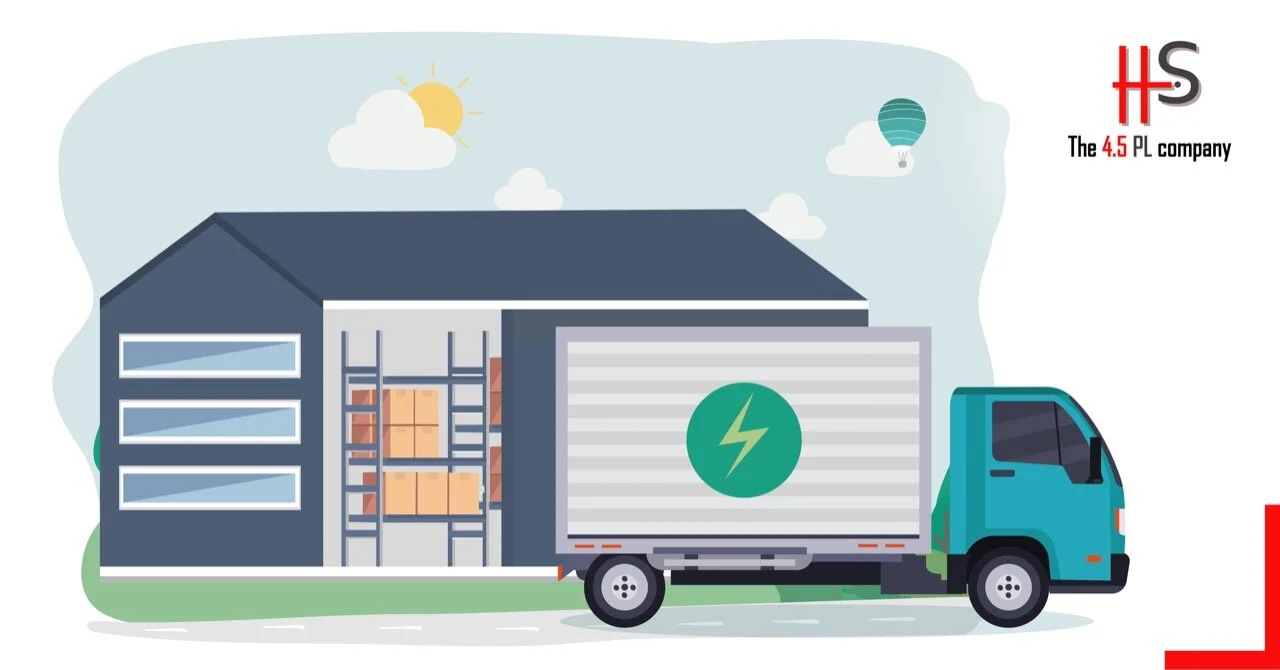How electric vehicles are changing the future of logistics
The call for sustainable practices is getting louder with each passing year. And today no organization can choose to exclude sustainability from their strategic goals. Logistics — a major part of any business — is unfortunately a huge contributor of harmful emissions into the environment.
One of the innovations in this space is the evolution of electric delivery vehicles. Electric vehicles (EVs) can reduce carbon emissions by up to 30% in urban areas — improving the quality of air in urban environments that are usually congested with carbon-emitting vehicles. So there’s no doubt that EVs are a better ecological choice. However, the benefits of EVs extend beyond environmental merits.
How EVs will benefit enterprises
Low fuel cost - The cost to charge an EV is almost one-third lesser than buying fuel, per kilometer.
Low maintenance cost - Companies with electric delivery fleets have reported 50% reduction in maintenance costs due to the lesser number of moving parts they possess.
Government support for the sector - Governments in several countries are providing financial incentives such as subsidies and tax breaks to make the adoption of EVs more affordable.
Reduce downtime - With EVs, delivery executives can save time by eliminating trips to the fuel station, especially while traveling in a dense urban area.
What are the limitations of EVs
● Short driving range - Once fully charged EVs provide a driving range of anywhere between 60 to 300 miles making it unsuitable for longer commutes.
● Time-consuming charging process - EVs can take anywhere between 4 to 24 hours to recharge as compared to refueling a conventional car.
● High initial investment - The lack of demand and supply make EVs at least 30% more expensive as compared to fuel-powered vehicles.
● Lack of charging stations - Charging stations are still limited in number especially in both metropolitan and suburban areas, making it difficult to drive longer distances.
Role of institutions in increasing the adoption of EVs in India
● Industrial land for EVs - Allocating industrial land to develop EV manufacturing zones or providing land at subsidized rates would push automobile companies to invest in this technology.
● Financial incentives - Policies to exempt tax payments and to waive permits, parking fees, registration charges, etc. will encourage more people to purchase EVs.
● Infrastructure development - Government should invest in developing charging infrastructure and provide subsidies to private players for establishing such charging stations.
The future of EVs
As more and more businesses move towards cleaner and efficient technologies, the demand for EVs will hike. Many players are expected to enter the EV market — making these vehicles even more accessible and affordable to all businesses. The logistics industry is also all-set to adopt sustainable mobility considering the positive environmental impact and reduced cost per delivery. In a nutshell, we’re at the cusp of an EV revolution because sustainable logistics is no longer a good-to-have — it's a necessity for every emerging nation.
At H&S, we’re investing in electric vehicles to prepare our delivery fleet for this sustainable revolution. Part of our vision is making electric vehicles and other sustainable technologies a norm in the logistics industry. Hence, we will soon be building and operating EV-powered supply chains for our clients — so that they can also acquire the benefits of this efficient, smart, and sustainable technology.

